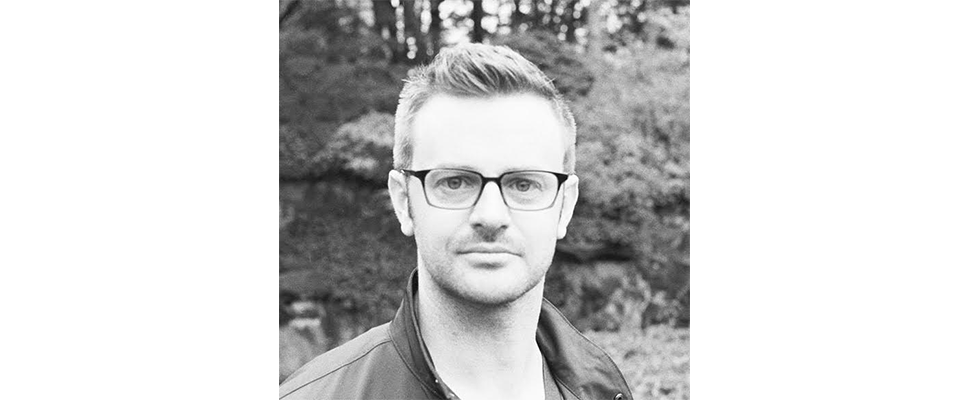
For several years, Dr. Goldsmith has worked to advance the state-of-the-art in functional data analysis by developing methods for understanding patterns in large, complex datasets in neuroscience, physical activity monitoring, and other areas. Working closely with clinicians and neuroscientists around the world, he and his collaborators have focused on improving the understanding skilled movements. This work involves reaching movements made by stroke patients: in these experiments, a patient’s fingertip position is recorded hundreds of time per second for the duration of the reach. He has developed new statistical methods to understand the impact of stroke on movement quality, and applied these to large, longitudinal datasets.
In parallel, Dr. Goldsmith has proposed methods for wearable device research, especially focusing on accelerometers. These devices can produce minute-by-minute (or even finer) resolution observations of activity for hundreds of participants over several days, weeks, or months. The methods developed include approaches for regression with activity trajectories as outcomes; for interpretable dimension reduction; and for aligning major patterns (like wake from sleep, mid-day dips in activity, and sleep onset) across subjects. Dr. Goldsmith works to incorporate techniques for transparency and reproducibility into biostatistical analyses, and research projects are accompanied by robust, publicly available software and analytical pipelines that ensure the reproducibility of the results.


